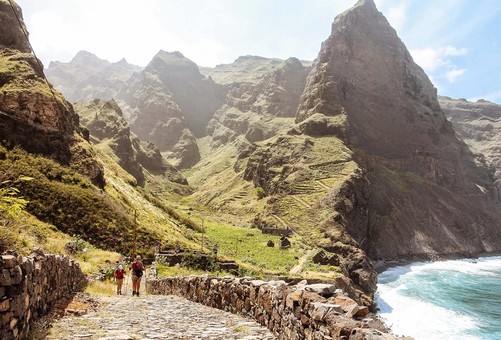

Publicly owned TV network, a radio and television station broadcasting local programs from Cape Verde, radio and television station broadcasting local programs from Cape Verde, Portugal and Brazil.Īrtist und Cultural Association of Cape Verde (in Portuguese).Ĭape Verde related magazine (in Portuguese). News from Cape Verde, Angola, Guinea-Bissau, Mozambique, Sao Tome and Príncipe

Searchable map and satellite view of Cape Verde's capital city. Searchable map and satellite view of Cape Verde.

The embassy website provides very comprehensive information on Cape Verde. (in Portuguese)Įmbassy of the Republic of Cape Verde, Berlin.Ĭonsulado Geral de Cabo Verde em RoterdãoĬape Verde Consulate General in Rotterdam, Netherlands. Núcleo Operacional para a Sociedade de Informação NOSIĬape Verde's Operational Unit for the Information Society. Official Sites of Cape Verde Note: External links will open in a new browser window. Cape Verde has a unicameral National Assembly (Assembleia Nacional). Head of Government is the Prime Minister, he is nominated by the national assembly (parliament). Chief of State is the President, he is elected by an absolute majority vote through a two-round system. The government of Cabo Verde is since 1990 a parliamentary representative democratic republic, largely modeled on the Portuguese system. Presidential palace in Praia on the island of Santiago, Cape Verde. Industries: Fish and fish products, food and beverages, ship repair, furniture,Įxports partners: Australia 83%, Spain 8.6% (2015) Natural resources: Salt, pozzolana (tuff), limestone.Īgriculture products: Bananas, corn, beans, sugarcane, coffee, fruits, (official) Crioulo (a blend of Creole Portuguese and West African) Rainy season: August to October.Įthnic groups: Creole (mixed African and Portuguese), African, European. Fogo 2 829 m (a volcano on Fogo Island)Ĭlimate: Tropical dry, with two seasons. Location: Group of islands in the North Atlantic Ocean some 500 km from the west 100 000) on the island Sao Tiago (Santiago) Verdeans have both African and Portuguese ancestors.Ĭapital City: Praia (pop. As a result,Ĭape Verde's expatriate population is greater than its domestic one. Repeated droughts during the second half of theĢ0th century caused significant hardship and prompted heavy emigration. With Guinea-Bissau, a one-party system was established and maintained until multi-partyĬape Verde continues to exhibit one of Africa's most Following independence in 1975, and a tentative interest in unification The uninhabited islands were discovered and colonized by the Portuguese in theġ5th century Cape Verde subsequently became a trading center for African slavesĪnd later an important coaling and resupply stop for whaling and transatlantic Republic of Cape Verde | República de Cabo Verde About 95% of the population are Christian. Spoken languages are Portuguese (official) and Kabuverdianu (a Portuguese based Cape Verdean Creole). Largest city and the capital is Praia, located on Santiago island. Today it is one of the most developed democratic countries in Africa.

The archipelago was the first European settlement in the tropics. The group of 10 islands combined land area of 4,033 km² is about 1.5 times the size of Luxembourg or slightly larger than the size of Rhode Island.Ĭabo Verde's population of 525,000 (2015 census) are descendants from the first permanent inhabitants in the late 15th-century: Portuguese colonists, West African slaves, and some Italian traders. Cape Verde shares maritime borders with Gambia, Guinea-Bissau, Mauritania, and Senegal.Ĭape Verde is divided into two island groups, the Barlavento (windward) islands with the islands of Santo Antão, São Vicente, Santa Luzia, São Nicolau, Sal, and Boa Vista and the Sotavento (leeward) islands with the islands of Maio, Santiago, Fogo, and Brava. A virtual guide to the islands of Cabo Verde, or Cape Verde, an island nation on an archipelago of volcanic origin in the Atlantic Ocean off the northwestern coast of Africa, about 600 km west of Senegal.


 0 kommentar(er)
0 kommentar(er)
